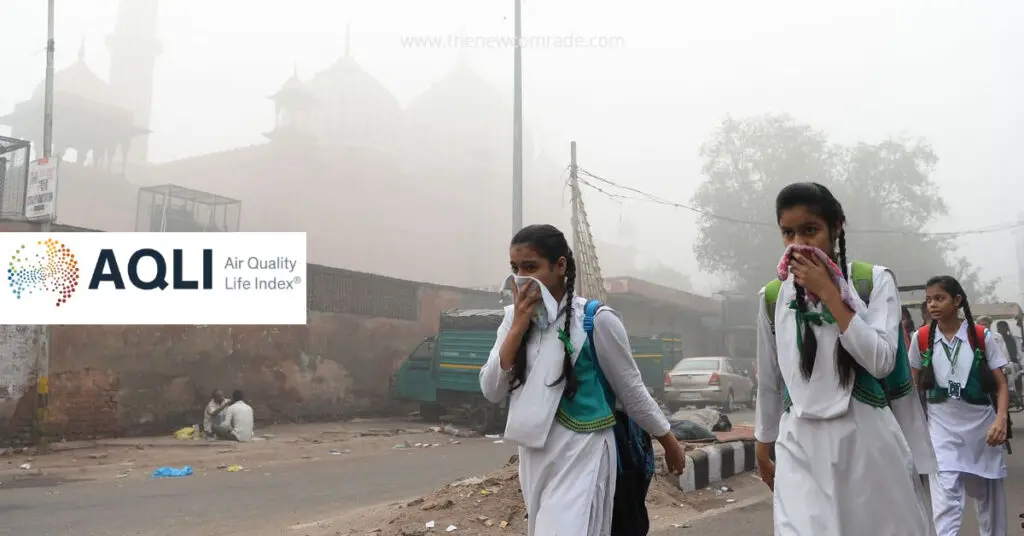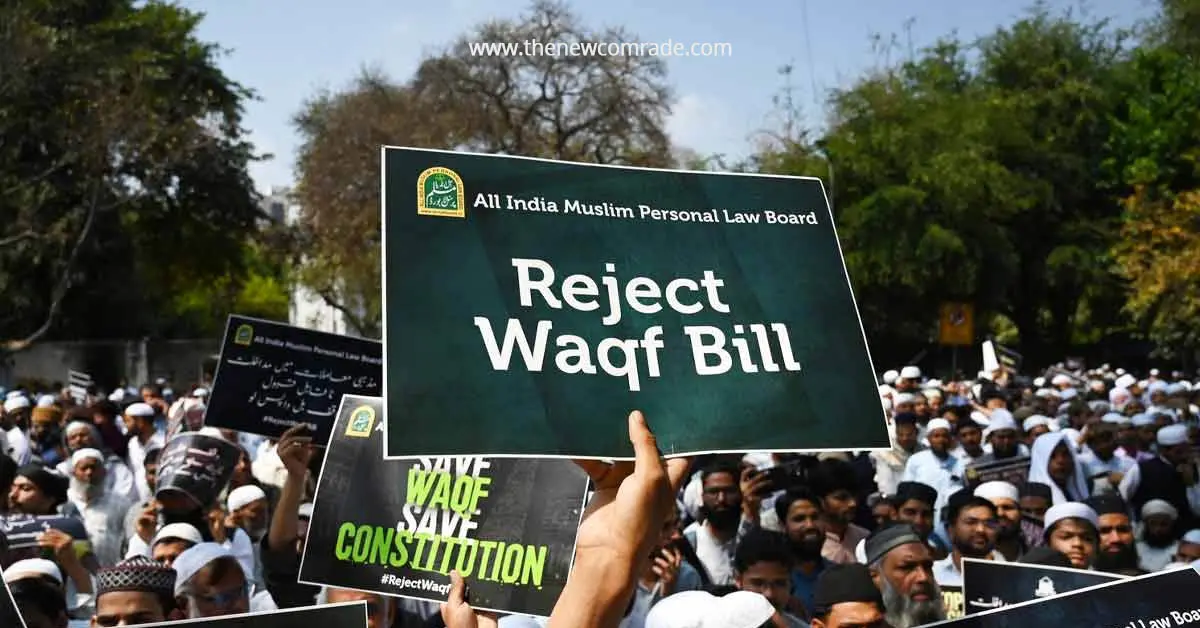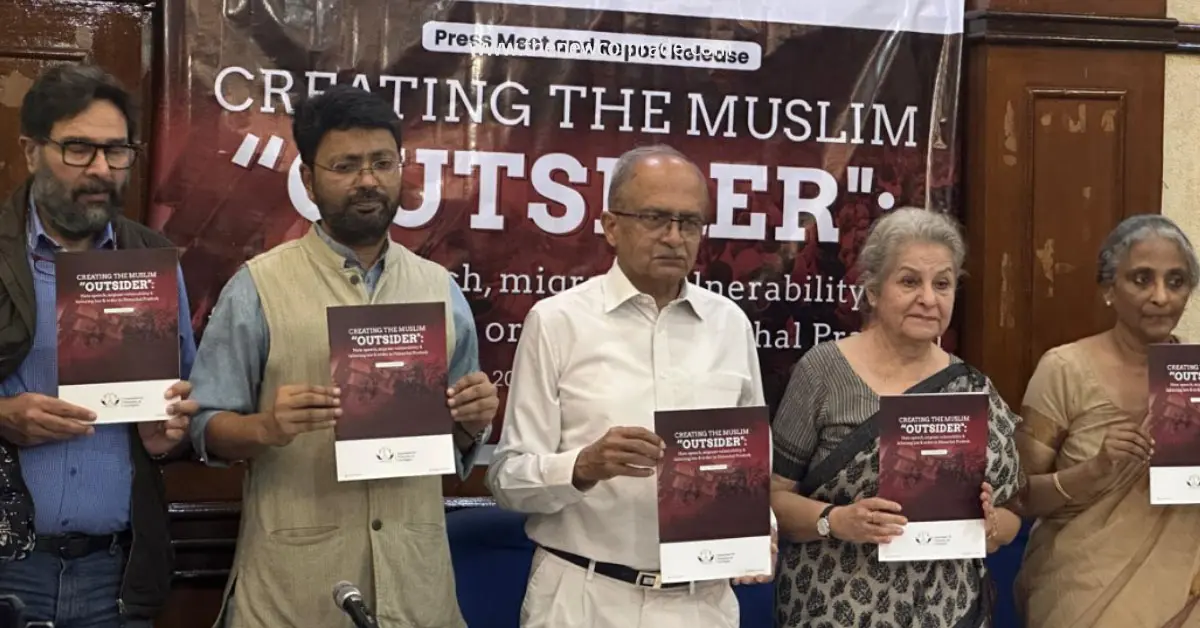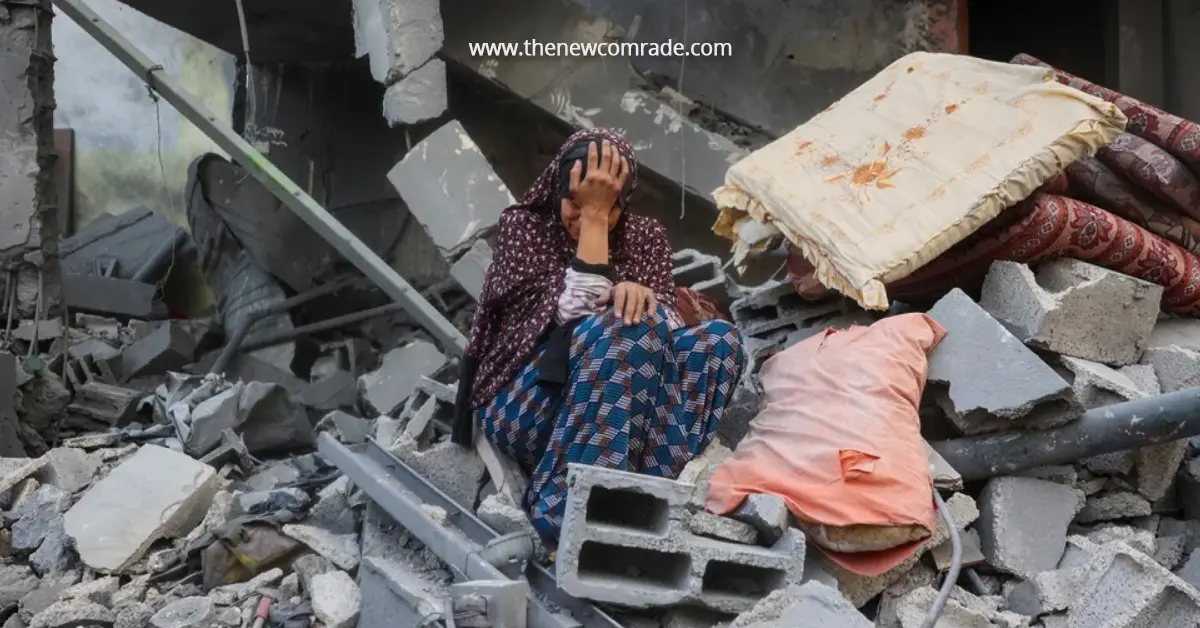As per the latest Air Quality Index (AQI) report released by the Energy Policy Institute at the University of Chicago, fine particulate matter (PM 2.5), a critical air pollutant, is responsible for an estimated reduction in the average Indian’s life expectancy by 5.3 years when compared to the World Health Organization (WHO) guidelines, which prescribe a limit of 5 micrograms (µg)/m³. Notably, New Delhi, the national capital and often cited as one of the world’s most polluted cities, has experienced a staggering decline in life expectancy, plummeting by 11.9 years. The AQLI report underscores the severe threat posed by particulate pollution to human life, with cardiovascular diseases alone accounting for a reduction in life expectancy by 4.5 years in India, while child and maternal malnutrition further diminish it by 1.8 years.
The report also raises a significant concern, stating that no person in India resides in an area where the average PM 2.5 pollution is below the WHO ceiling. Over 1.3 million people in India live in regions where the annual average particulate pollution level exceeds WHO standards. Additionally, a startling 67.4% of the population inhabits areas that surpass the country’s own national air quality standards. Among the central states, Kerala, Tamil Nadu, and Karnataka experience some of the lowest reductions in life expectancy. India’s particulate pollution contributes to 59% of the global increase in particulate pollution from 2013 to 2021.
New Delhi, home to several prestigious universities in the country, welcomes a new cohort of undergraduate, postgraduate, and graduate students every year. In one of the world’s most densely populated and bustling cities, they grapple with challenges in finding clean food and secure shelter. During the fall and winter seasons, they often find themselves struggling to breathe, just like the city’s residents. Authorities have not prioritized this issue as they frequently state that this is the price India is willing to pay for its rapid economic growth, which has apparently lifted millions out of poverty.
With the arrival of the winter season and the thick smog covering the air, schools have begun installing air purifiers to protect Delhi’s schoolchildren from pollution. However, this development raises questions about who can afford these schools and access cleaner air in India. According to The New York Times, children from underprivileged low-income families in India are four times more exposed to pollution than children from middle-class families. This burden is disproportionately shared among the population.
According to the World Health Organization (WHO), ambient (outdoor) air pollution, both in urban cities and rural areas, was responsible for an estimated 4.2 million premature deaths worldwide in 2019. These deaths resulted from exposure to fine particulate matter, leading to cardiovascular and respiratory diseases as well as cancer. In 2019, India initiated the National Clean Air Programme (NCAP), originally aimed at reducing pollution by 20-30% nationally relative to 2017 levels by 2024, with a focus on 102 “non-attainment” cities failing to meet the national annual PM 2.5 standard.







